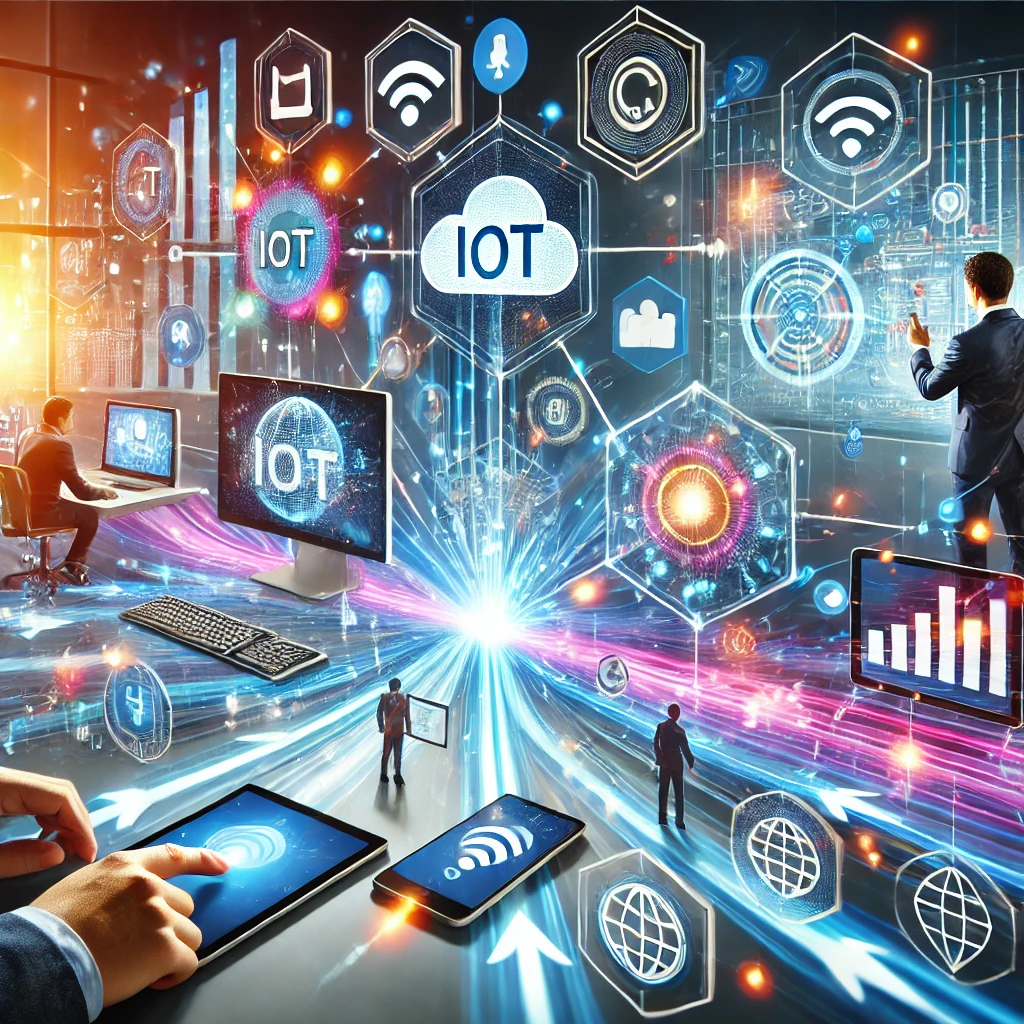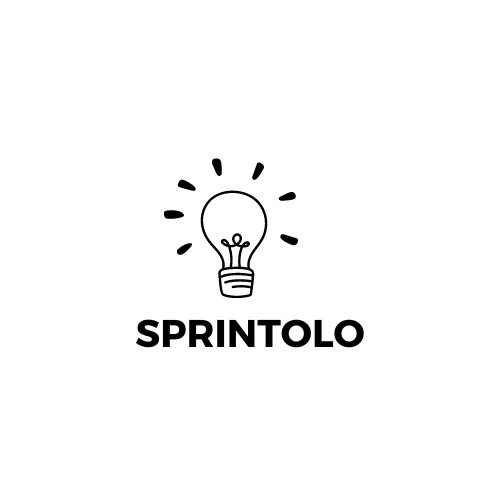The Internet of Things, or IoT, makes the interaction of objects with their surroundings different because items such as appliances, cars, and even machines connect to the internet to share information. Salesforce service cloud leads to better choices, automation, and more efficiency. In this blog post, we will discuss growth concerning IoT, especially relating to making smart devices and getting it connected to the cloud.

What are IoT devices or salesforce service cloud?
IoT devices collect and share data. These devices can be just simple sensors or can become an complex machines. Key components of IoT devices are:
It detects temperature, humidity, motion, and light changes. A smart thermostat uses a temperature sensor to automatically adjust heating or cooling.
The actuator reacts to a sensor’s signal. For instance, assuming the temperature dips below a predetermined level, the thermostat’s actuator will turn on the heating.
A microcontroller is the IoT device’s brain, processing sensor data and controlling actuators.
Communication Modules: Communicates data to devices. Some communication modes that are in common use these days are Wi-Fi, Bluetooth, and Zigbee.
IoT Device Interaction: IoT devices must send off the collected data to other devices or a central cloud for processing (salesforce service cloud). The modes of communication vary with that specific device, some of which include:
Wi-Fi: is often used in home IoT devices, such as smart speakers and cameras. Quick data transfer but more power-hungry.
Bluetooth: allows devices to connect, such as fitness trackers and wireless headphones, short distances with less power than wi-fi.
Zigbee: a low-power system which is used for smart home devices like lights and locks.
Cellular: Utilized for long distances in agriculture and transportation.
LoRaWAN: a low-power protocol that supports long-range and small data in wide areas, such as smart farming. Cloud Integration: Hub of IoT Systems After IoT devices gather data, it requires analysis. Cloud integration serves as the central hub for storage and analysis of data from wide-ranging IoT devices, supporting IoT in this way:
Data Storage: IoT Devices generate large amounts of data. It supports infinite storage, which helps save more information. Data processing: Clouds use advanced analytics for forecasting, which will help avoid costly machine failures with the data from sensors. Remote control and monitoring: Cloud integration allows you to control and monitor IoT devices from anywhere around the globe with a internet signal. Check and control the house by opening curtains or thermostat for convenience from your traveling.
This should rest on the strong encryption, authentication, and software updates of the cloud.
Developing an IoT System: Devices to Cloud
Steps in creation of an IoT solution:
Equipment should be selected on the basis of the end-application. Some of the examples in smart farming are soil moisture sensors, weather stations, controllers for irrigation supply, etc.
One of the steps involves choosing a device and then creating associated control software for data collection by actuators and sensors.
Setup cloud services (salesforce service cloud) for data processing and storage. AWS IoT and Microsoft Azure IoT are some that manages devices and data.
Dashboard Development: It provides with an interface via which a user will view or interact with the data using mobile applications, or even website access or voice command.
Challenge to IoT Development IoT has benefits but also faces issues in development. Many online devices offer security problems, hence increasing the danger of breaches. Interoperability problems arise because varying methods are employed in the communication process, thus excluding integration.
Standardization may ensure compatibility by standardizing methods used. IoT generates massive amounts of data; therefore appropriate filtering and processing techniques must be developed in order to achieve high real time performance and avoid overload.
The future of IoT is exciting, fueled by the rise of 5G, edge computing, and AI. These technologies will advance the speed and intelligence of IoT devices toward smarter cities, industries, and homes.
Conclusion: IoT development begins with device creation and cloud integration for storage and analytics. It connects to the internet, enabling automation, better decision-making, and real-time insights. Though it poses problems of security and interoperability, the benefits of IoT are remarkable. New technology transforms the world creatively.
